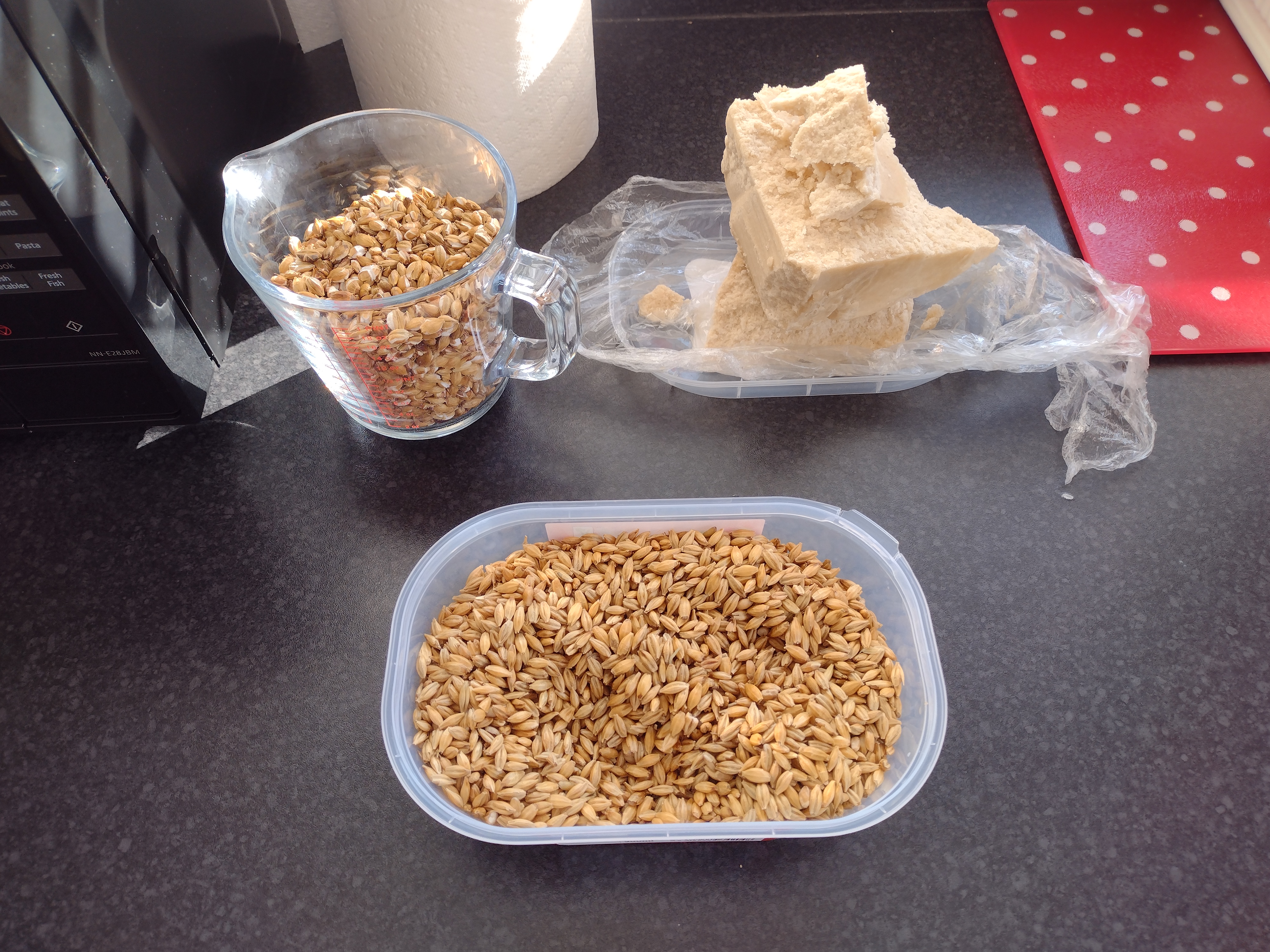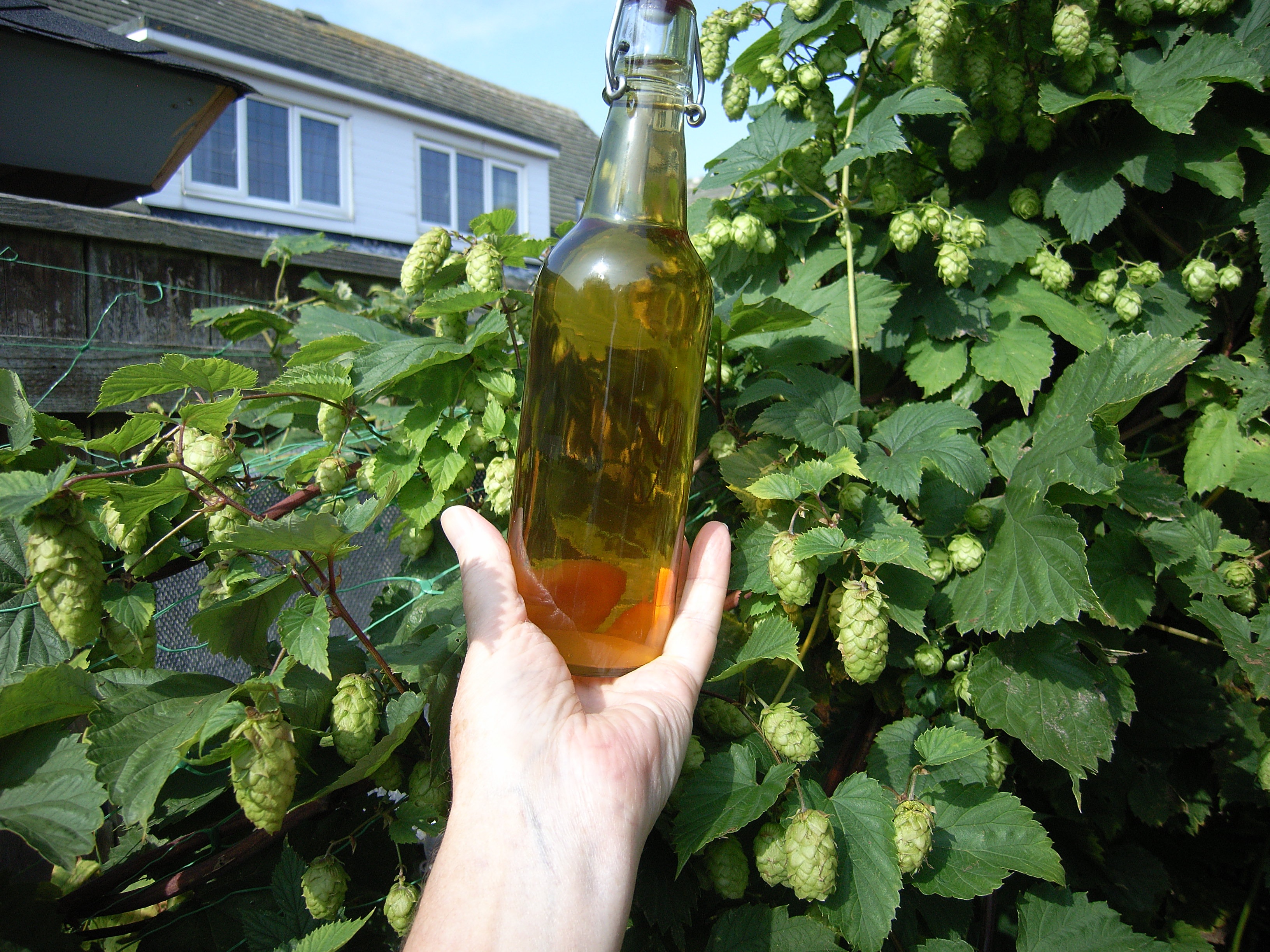Invert and caramel are different products. Invert sugars are glucose and fructose as is included in the subject title. Pedantic maybe, but I've stuck strictly to the subject matter here, else the people may read and adopt the opinion that inverts sugars are a product of the Maillard reaction which in fact creates another product FROM sugars.
There is lots to be said about the Mailard reaction and what it can add to beer, but it does not make sugar.
There is lots to be said about the Mailard reaction and what it can add to beer, but it does not make sugar.

























![Craft A Brew - Safale BE-256 Yeast - Fermentis - Belgian Ale Dry Yeast - For Belgian & Strong Ales - Ingredients for Home Brewing - Beer Making Supplies - [3 Pack]](https://m.media-amazon.com/images/I/51bcKEwQmWL._SL500_.jpg)

































